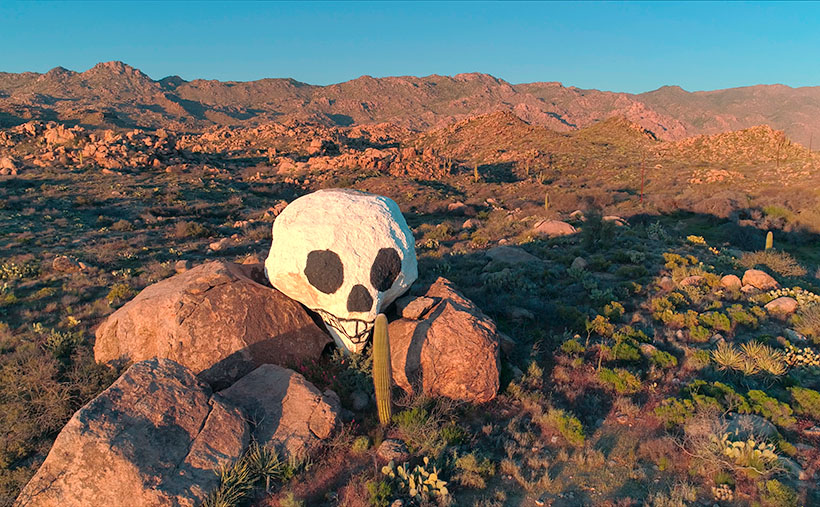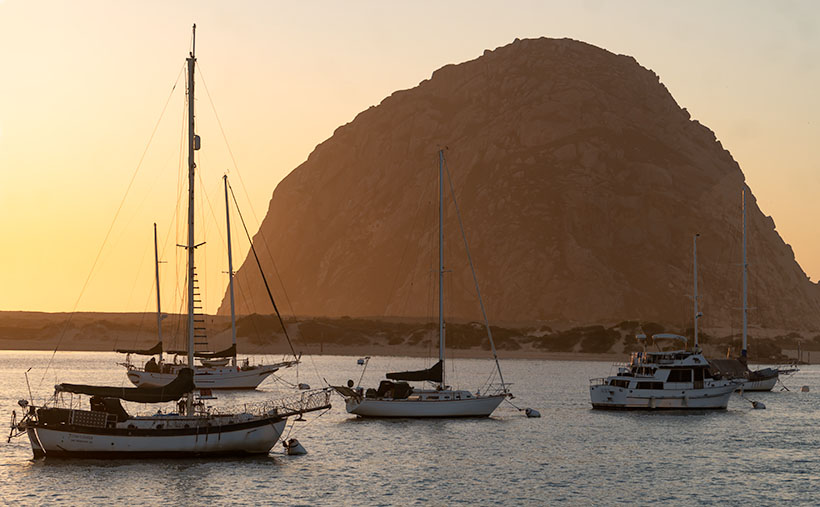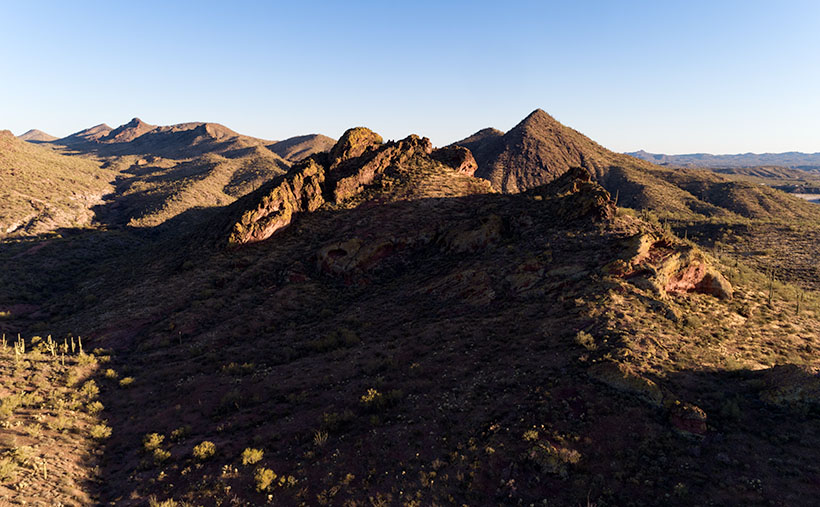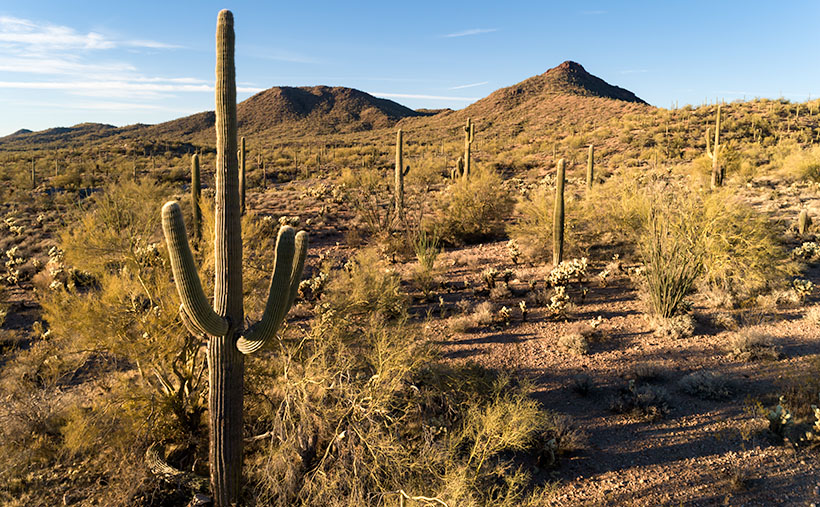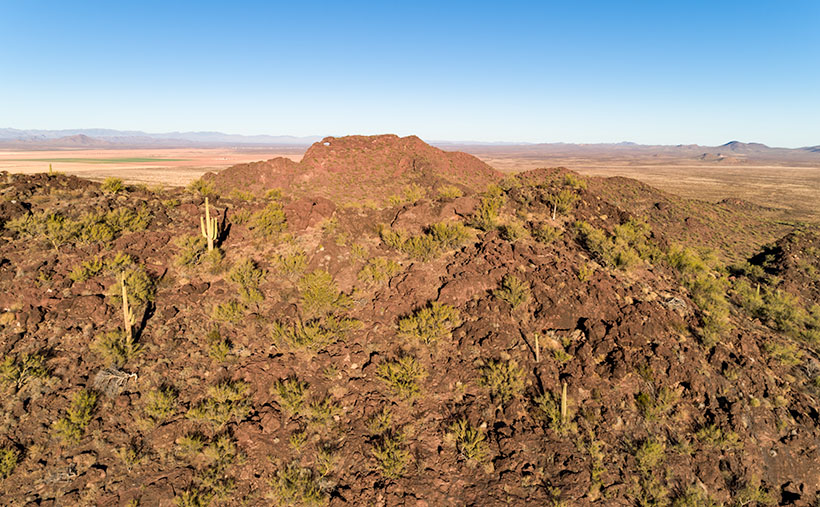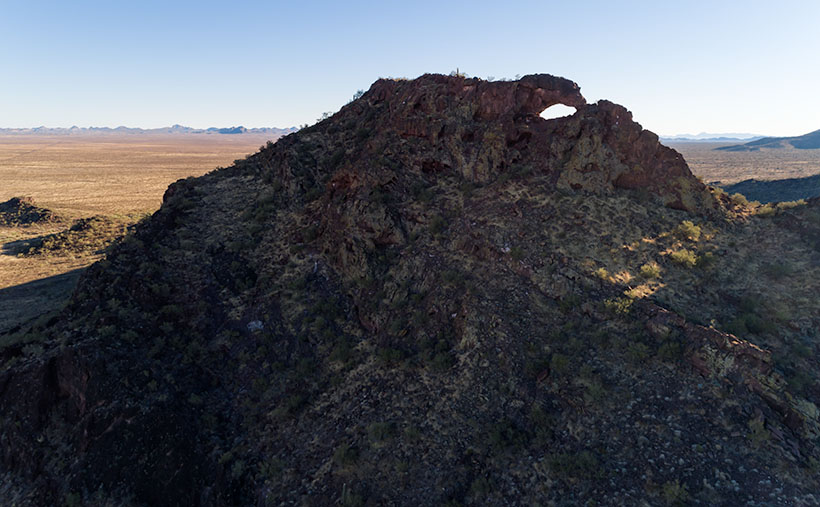Wickenburg’s traffic has worsened over the past couple of months—especially during the weekends. People might feel more comfortable traveling now that Covid restrictions are easing, or maybe folks are just sick of staying home. In either case, going to one of the town’s grocery stores becomes annoying.
There used to be three US highways that ran through our downtown—US 60, US 89, and US 93. That all changed when the feds built the interstates (yes, children, back in my day, there were no freeways). Today, only US 93 remains a significant commerce route—lots of big trucks still pass through town. It starts downtown at the intersection of US 60 and Tegner Street and ends in Jasper, Alberta (the Canadian part isn’t part of the US highway system, but they used the same number on their side of the border).
I have a lot of mixed feelings about US 93. It’s the main link between Phoenix and Las Vegas. It was a narrow two-lane road with twists and turns that made you slow down. There are little white crosses littering the roadside. So many that it was designated the country’s most dangerous road. So, the highway department began inserting four-lane sections over thirty years ago. Even then, they knew it would become a freeway someday (sometime this century, they promise).
When I thought I had extra money to burn, I looked forward to the five-hour trip to Vegas or Bullhead City for an evening in the casinos. Other times, I’d drag my fishing rod to Black Canyon or Lake Meade with dreams of bringing home a whopper. Then, when my folks retired, they’d pull their trailer across the country, alternating between Atlanta—where my sister lives—and Kingman (it was far too hot in Phoenix). As they aged and became unwell, driving north on US 93 became less fun. I can’t begin to count the times that Queen Anne and I made that drive.
One of the landmarks along the road that I always looked forward to was along the Joshua Tree Parkway as the highway descends to the bridge crossing the Santa Maria River. Some large sandstone formations are hidden behind small hills just south of the bridge, and there’s a small gap where you can glimpse Shiprock. For decades, I planned a photography trip out there. The light was never right the couple of times that I tried.
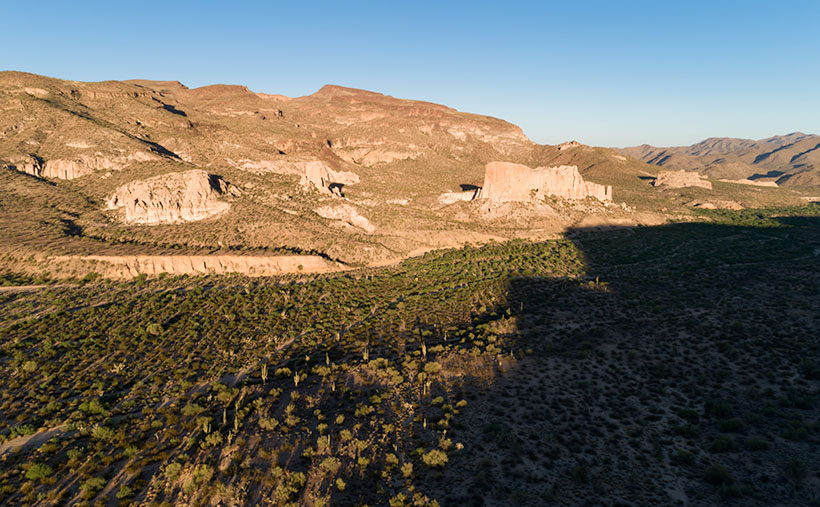
The formations are at the eastern toe of the Black Mountains (yet another range with the same name—these are in Yavapai County) and on the other side of Black Canyon Wash, away from the highway. They’re too distant to get a good shot from the road. I found a Jeep trail that got me over the hill, but I needed something like Fred’s Toyota to go down the other side. However, our friends ran out on us for the summer before I could bum a ride.
I took this week’s featured image from the hilltop, and I think it gives a pretty good long view of the sandstone formation and the Black Mountains. You can tell that it’s spring because green chaparral and trees fill the wash. Shiprock is the middle formation (the shadows conveniently point at it). Its name comes from how the left side resembles the stern of an old pirate ship.
This photo also shows the Black Canyon Wash as it flows to the Santa Maria River, just beyond the photo’s right side. That river then flows between the Arrastra Range in the background and the Black Mountains to Alamo Lake. Everything in this picture behind the formations is part of the Arrastra Wilderness Area, so if you want to explore, you’ll do it on foot.
You can see a larger version of Shiprock on its Web Page by clicking here. Come back next week for another shot from around my neighborhood.
Until next time — jw

